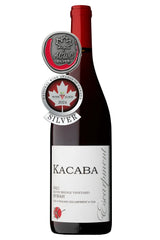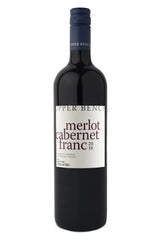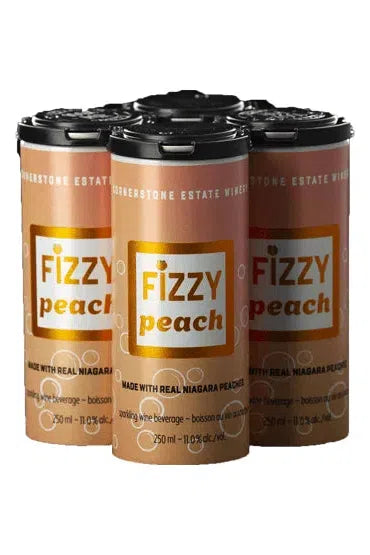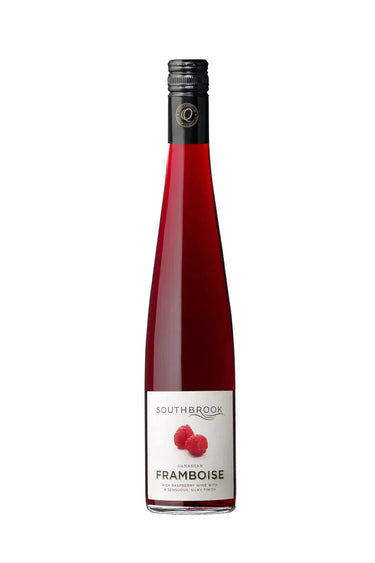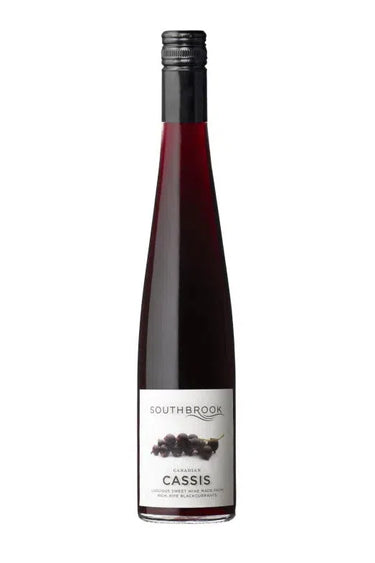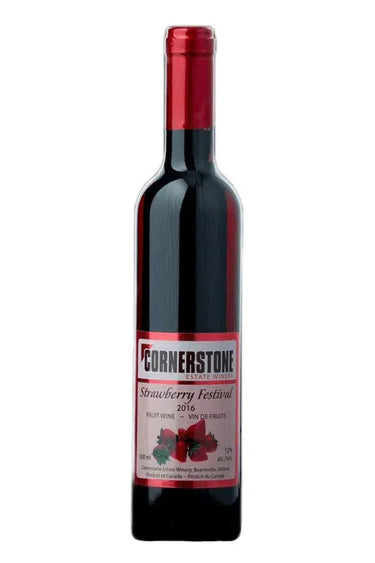Fruit Wine
Fruit wine is shedding its “country fair” image and earning a place at Canadian tables. Unlike traditional grape wines, these flavourful alternatives are made from fruits like blueberries, apples, elderberries—even pineapples. Each brings a unique character, creating wines that range from sweet and juicy to crisp and complex. The balance of sugar and acidity offers a refreshing spectrum of taste.
At My Wine Canada, we’re proud to showcase these homegrown gems. Fruit wine has deep roots, dating back to ancient Greece where locals fermented apples, figs, and dates with honey. Today, Canadian winemakers are refreshing that legacy using our country’s rich variety of berries and orchard fruits.
Whether you're new to fruit wine or curious to try something different, there’s a bottle here for you. Step outside the grape—your next cottage weekend favourite might just be a bold cherry, tangy apple, or smooth peach wine.
Discover the World of Canadian Fruit Wine
Canadian fruit wine reflects the rich agricultural diversity of the country, delivering bold, unexpected flavours that go far beyond the grape. From British Columbia’s Okanagan Valley to Alberta’s windswept prairies, winemakers are crafting distinctive wines using locally grown berries and fruits that thrive in Canada’s varied climates.
What makes fruit wine different from traditional grape wine?
Unlike traditional wines made solely from grapes, fruit wines are crafted from a wide range of fruits—blueberries, raspberries, cherries, black currants, and more. This opens up a vibrant world of flavour. While the fermentation process is similar—converting fruit sugars into alcohol—the result is often brighter, bolder, and more fruit-forward.
Fruit wines tend to highlight the essence of the base fruit, showcasing more vivid and natural flavours than many grape wines. You’ll notice different balances of sweetness and acidity, and a broader spectrum of aromas and textures. The winemaker’s skill lies in mastering that balance—creating wines that are layered and refined, not overly sweet or sour.
Why are Canadian fruit wines gaining popularity across provinces?
Canadian fruit wines are increasingly appreciated for their quality, creativity, and deep connection to place. The country’s diverse geography and microclimates offer ideal conditions for growing flavour-packed berries and fruits. From Ontario’s apple orchards to the wild haskap berries of Saskatchewan, Canadian producers are harnessing the best of local harvests.
More than just sweet dessert wines, today’s fruit wines span dry to semi-sweet styles—making them more versatile and food-friendly than many assume. You’ll find elegant table wines made with moderate oak aging, crisp sparkling fruit blends, and even complex, lightly acidic rosé-style bottlings.
Award-winning winemakers are redefining what fruit wine can be, using modern techniques and small-batch methods to preserve the integrity of the fruit. Their wines reflect regional character and seasonality, appealing to consumers who value authenticity, sustainability, and locally sourced ingredients.
Explore the Flavours: From Apple to Haskap
Fruit wine invites you to explore beyond the grape—into a world where every bottle tells a story of terroir, tradition, and creativity.
Surprising variety: What fruits are used to craft fruit wines in Canada?
Canadian winemakers are incredibly inventive in their fruit selection. Some of the most popular include:
- Blueberry, raspberry, strawberry, saskatoon berry, and blackberry wines offer deep colours and jammy richness.
- Cherry, plum, peach, and apricot wines provide soft textures and a natural, rounded sweetness.
- Elderberry, haskap (honeysuckle berry), and chokecherry wines celebrate Canada’s wild harvests.
- Cranberry, rhubarb, red currant, and even dandelion wines add originality and regional flair.
While the Okanagan Valley and southern Ontario remain production hubs, winemakers in Quebec, the Maritimes, and the Prairies are making waves with innovative, small-batch wines that reflect their unique climates and fruit sources.
Is sweet always better? A guide to fruit wine taste preferences
There’s a common misconception that all fruit wines are sugary sweet. In reality, fruit wines come in a wide range of styles to suit every palate:
- Wines made from apples, pears, or tart berries can be fermented to dryness, resulting in crisp, refreshing wines perfect for pairing with food.
- These wines retain a touch of sweetness to balance natural acidity, offering a subtle and approachable profile.
- Ideal for casual sipping or spicy foods, these wines deliver rich fruit flavour while maintaining complexity.
- These are lush and indulgent, often with concentrated fruit and sugar levels, and pair beautifully with cheeses or desserts.
Your ideal fruit wine depends on your taste preferences. Fans of traditional table wines might enjoy dry or off-dry styles, while those with a sweet tooth will appreciate the depth and elegance of a well-crafted dessert wine. The best fruit wines—regardless of sweetness—strike a careful balance that enhances rather than overwhelms.
What makes Canadian fruit wine unique?
Canadian fruit wine stands out due to its use of locally grown fruits like blueberries, elderberries, and unique northern specialties such as haskap and chokecherry. The country's diverse agricultural regions, from British Columbia's Okanagan Valley to Alberta's prairies, provide ideal growing conditions for small fruits. Canadian winemakers blend traditional techniques with innovative approaches to create premium table wines that showcase pronounced fruit characteristics and regional identity.
How does fruit wine differ from grape wine?
Fruit wine offers a broader spectrum of flavors compared to traditional grape wine. While grape wine relies on one fruit variety, fruit wines utilize everything from berries and stone fruits to apples and pineapples. Each fruit brings unique sweetness, acidity, and flavor profiles to the wine. The production process remains similar—fermenting sugar into alcohol—but fruit wines often require adjustments in sugar and acidity levels to achieve balance and showcase the distinctive characteristics of each fruit.
What sweetness levels are available in fruit wines?
Canadian fruit wines range from completely dry to lusciously sweet dessert styles. Many fruit wines fall somewhere in the middle, offering a pleasant balance of sweetness and acidity. The sweetness level depends on both the fruit used and the winemaker's technique. Modern fruit wines are moving away from the overly sweet stereotype toward more balanced profiles that complement food and appeal to diverse palates.
How should fruit wine be served?
Fruit wines are best served chilled to fully appreciate their vibrant flavors. Store bottles in your refrigerator until serving time, or keep them in a cool place away from direct sunlight. Proper serving temperature enhances the fruity characteristics and balances sweetness and acidity. Unlike some red grape wines, most fruit wines don't benefit from being served at room temperature.
What foods pair well with fruit wines?
Sweet fruit wines pair beautifully with chocolate desserts, spicy Asian dishes, and creamy cheeses, creating delightful flavor contrasts. Drier fruit wines complement poultry, pork, and seafood dishes. Apple wine works well with pork and poultry, blueberry wine enhances game meats, and pear wine complements salads and light appetizers. The diversity of fruit wines offers endless pairing possibilities to enhance your dining experiences.
How long can fruit wine be stored?
Properly stored fruit wine typically lasts about a year. Unlike many grape wines that improve with age, most fruit wines are meant to be consumed relatively young when their fruit flavors are most vibrant. Store bottles in a cool place away from direct sunlight or temperature fluctuations. Once opened, fruit wine should be consumed within a few days for optimal flavor.
What fruit wines are best for beginners?
Newcomers to fruit wine should start with apple wine, blueberry wine, or pear wine. These varieties offer approachable flavors and balanced sweetness that appeal to most palates. Apple wine provides familiar flavors with a pleasant crispness, blueberry wine offers rich berry notes with moderate tannins, and pear wine delivers delicate, refreshing characteristics. These entry-level options help beginners appreciate the unique qualities of fruit wines.

